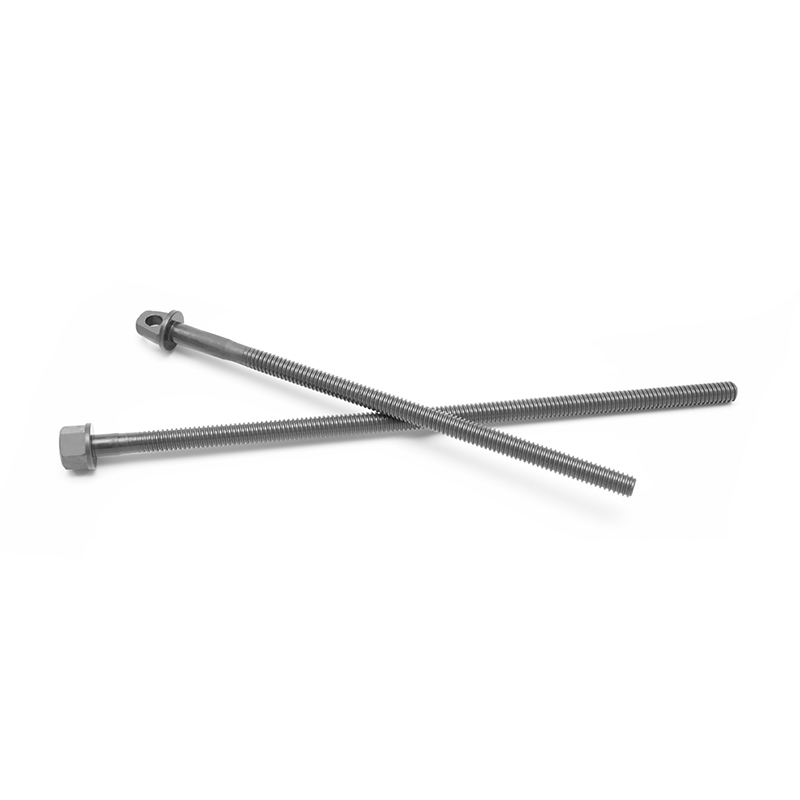Minimizing backlash in trapezoidal lead screw systems is critical for achieving precise and repeatable motion, especially in applications requiring high accuracy. However, reducing backlash while avoiding excessive friction or wear requires careful design considerations and the use of specialized techniques. Below are some effective methods to achieve this balance:
1. Preloading the Nut
What It Is : Applying a controlled amount of axial force to eliminate clearance between the nut and the screw threads.
How It Works : Preloading ensures that there is no free play between the mating surfaces, thereby minimizing backlash.
Challenges : Excessive preloading can increase friction and wear. To mitigate this:
Use low-friction materials (e.g., bronze or plastic) for the nut.
Optimize the preload force to strike a balance between eliminating backlash and maintaining smooth operation.
2. Using Anti-Backlash Nuts
What They Are : Specialized nuts designed with mechanisms to reduce or eliminate backlash.
Types :
Spring-Loaded Anti-Backlash Nuts : A spring applies constant pressure to one side of the thread, ensuring constant contact and reducing backlash.
Double-Nut Systems : Two nuts are mounted on the screw with a slight offset, creating an interference fit that eliminates clearance.
Advantages : These nuts provide consistent performance without significantly increasing friction.
Considerations : Ensure proper alignment and adjustability to avoid over-tightening, which could lead to increased wear.
3. Tighter Tolerances in Manufacturing
What It Involves : Producing screws and nuts with tighter tolerances to reduce inherent clearances.
Benefits : Improved precision and reduced initial backlash.
Challenges : Tighter tolerances increase manufacturing costs and may require more advanced machining processes.
Best Practices : Use precision grinding or thread rolling techniques to achieve consistent thread profiles.
4. Optimizing Thread Geometry
What It Entails : Designing the thread profile to minimize clearance while maintaining ease of movement.
Approaches :
Use a narrower thread angle (e.g., 30° instead of 45°) to reduce the gap between mating surfaces.
Ensure the root and crest of the threads are precisely machined to avoid misalignment.
Impact : Proper thread geometry reduces backlash while maintaining low friction.
5. Lubrication Management
Why It Matters : Proper lubrication reduces friction and wear, allowing for higher preloads or tighter tolerances without compromising longevity.
Best Practices :
Use high-performance lubricants specifically formulated for trapezoidal lead screws.
Apply lubricants sparingly to avoid attracting contaminants that could increase wear.
Consider self-lubricating materials (e.g., PTFE-infused plastics) for the nut to reduce maintenance needs.

6. Material Selection
Choosing Low-Friction Materials : Select materials for the nut that offer low friction and high wear resistance, such as:
Bronze: Provides excellent wear resistance and low friction.
Plastic (e.g., POM, Nylon): Offers self-lubricating properties and reduces noise.
Benefits : Reduces the risk of excessive friction when implementing anti-backlash measures like preloading or tighter tolerances.
7. Regular Maintenance
Importance : Periodic inspection and adjustment of the system can help maintain optimal performance and minimize backlash over time.
Steps :
Check for wear on the screw and nut threads.
Adjust preloads or replace worn components as needed.
Reapply lubricant to ensure smooth operation.
8. Reducing External Loads
What It Involves : Minimizing external forces that could cause deflection or misalignment of the screw.
Approaches :
Use bearing supports at both ends of the screw to maintain straightness.
Ensure proper alignment of the screw and nut during installation.
Impact : Proper alignment and support reduce stress on the system, allowing anti-backlash mechanisms to function effectively without increasing friction.
9. Advanced Designs
Roller Screw Technology : While not strictly trapezoidal, hybrid designs incorporating roller elements can reduce backlash while maintaining low friction.
Ball-Screw Hybrids : Combining trapezoidal and ball-screw technologies offers the benefits of both systems, including reduced backlash and improved efficiency.


 English
English 中文简体
中文简体 Español
Español русский
русский عربى
عربى







